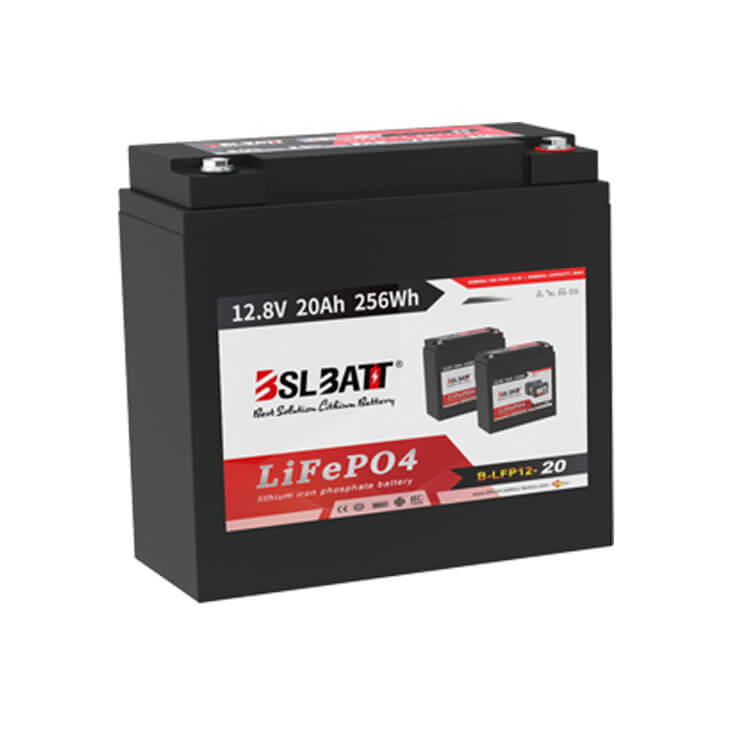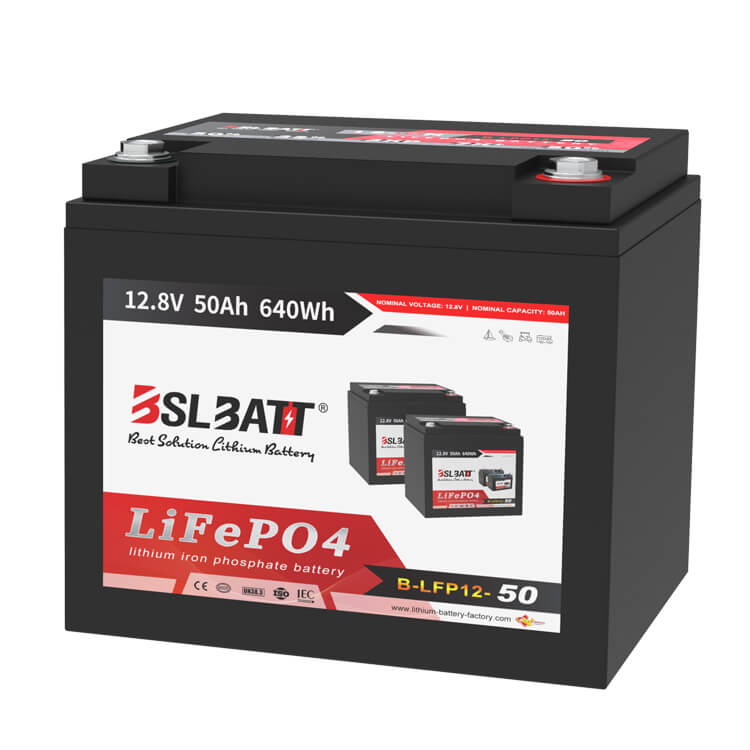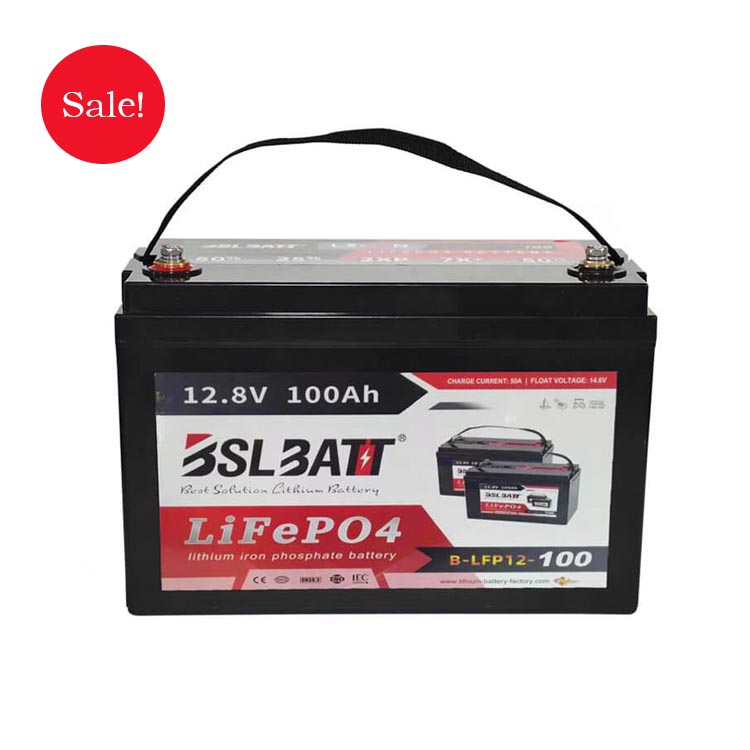Industry Application
Is a 12V 20Ah lithium battery good for a trolling motor
What is a 12V, 20Ah Lithium Battery?
A 12V 20Ah lithium battery is a rechargeable battery that uses lithium-ion technology to store energy. The “12V” refers to the nominal voltage of the battery, which is 12 volts, while “20Ah” stands for the battery’s ampere-hour rating or capacity, indicating that it can deliver 20 amps for one hour or an equivalent combination of amps and hours.
This battery type is known for its high energy density, which means it can store a significant amount of energy in a relatively compact and lightweight package. A 20Ah capacity is considered a substantial rating for a 12V lithium battery, making it suitable for various applications that require extended runtimes and high power demands.
These batteries are commonly used in recreational vehicles (RVs), marine applications (such as trolling motors and fish finders), solar energy systems, and other off-grid or portable power solutions. Their lightweight, compact design, and ability to deliver consistent power make them an attractive choice for applications where weight and space are crucial factors.
Understanding Trolling Motors
Trolling motors are essential equipment for many anglers and boaters, providing quiet and efficient propulsion for their vessels. The primary purpose of a trolling motor is to allow for precise maneuvering and positioning of the boat, enabling anglers to navigate through fishing hotspots, cast in specific areas, or maintain a desired position on the water.
Trolling motors are designed to operate at low speeds, typically ranging from 0 to 5 mph, making them ideal for slow and stealthy movement on the water. This low-speed operation is crucial for fishing, as it minimizes disturbance and noise, allowing anglers to approach fish without spooking them.
In terms of power requirements, trolling motors are available in various thrust ratings, which determine their propulsive force. Common thrust ratings range from 30 pounds to 112 pounds or more, with higher thrust motors capable of propelling larger boats or providing better performance in windy or current-heavy conditions.
Trolling motors are commonly used in a variety of fishing scenarios, such as bass fishing, crappie fishing, and other freshwater angling activities. They are also popular for small boats, kayaks, and canoes, where their compact size and quiet operation are particularly beneficial. Additionally, trolling motors can be used for other applications like positioning boats for swimming, diving, or simply exploring calm waters.
Power Consumption of Trolling Motors
The power consumption of a trolling motor can vary depending on several factors. Typically, most trolling motors draw between 20 and 60 amps at their maximum thrust settings. However, the actual power draw can be influenced by the following factors:
Motor Thrust Rating: Trolling motors with higher thrust ratings tend to consume more power. For instance, a 24-volt, 109-pound thrust motor may draw around 50 amps, while a smaller 12-volt, 55-pound thrust motor may only draw around 30 amps.
Propeller Size and Pitch: The size and pitch of the propeller can impact power consumption. Larger propellers with a higher pitch angle tend to require more power to operate efficiently.
Water Conditions: Operating in rough or choppy water conditions can increase the load on the motor, leading to higher power consumption. Similarly, operating in strong currents or against the wind can also increase power draw.
Boat Weight and Load: Heavier boats or those carrying additional weight from passengers, gear, or cargo will require more thrust from the trolling motor, increasing power consumption.
Battery Voltage: As the battery voltage drops during discharge, the trolling motor may draw more current to compensate for the reduced voltage, leading to higher power consumption.
It’s essential to consider these factors when selecting a battery for your trolling motor. Underestimating power consumption can lead to premature battery depletion, leaving you stranded on the water. Most trolling motor manufacturers provide power consumption estimates for their products, which can help you choose an appropriate battery capacity.
Runtime Calculations
When determining if a 12V 20Ah lithium battery is suitable for your trolling motor, calculating the expected runtime is crucial. The runtime depends on several factors, including the battery’s capacity, the trolling motor’s power draw, and the motor’s operating speed.
To calculate the runtime, you’ll need to know the trolling motor’s amperage draw at different speed settings. This information is typically provided by the manufacturer. Let’s assume your trolling motor draws the following:
• High Speed: 30 amps
• Medium Speed: 22 amps
• Low Speed: 16 amps
With a 12V 20Ah lithium battery, you can estimate the runtime using the following formula:
Runtime (hours) = Battery Capacity (Ah) / Current Draw (A)
For example, if you operate your trolling motor at high speed (30 amps), the runtime would be:
Runtime = 20Ah / 30A = 0.67 hours (approximately 40 minutes)
At medium speed (22 amps), the runtime would be:
Runtime = 20Ah / 22A = 0.91 hours (approximately 55 minutes)
And at low speed (16 amps), the runtime would be:
Runtime = 20Ah / 16A = 1.25 hours (approximately 75 minutes)
It’s important to note that these calculations assume a fully charged battery and a constant current draw. In reality, the current draw may fluctuate based on factors like wind, current, and boat load. Additionally, lithium batteries should not be discharged below a certain level (typically 20-30% of their capacity) to ensure longevity.
To account for these variables, it’s generally recommended to use a safety factor of 20-30% when estimating runtime. For example, if the calculated runtime is 1 hour, you should plan for a practical runtime of 0.7 to 0.8 hours (42 to 48 minutes).
Advantages of Lithium Batteries
Lithium batteries offer several advantages over traditional lead-acid batteries when used for powering trolling motors:
Lighter Weight: Lithium batteries are significantly lighter than lead-acid batteries of the same capacity. This reduced weight can improve the overall performance and efficiency of your trolling motor setup, as well as make transportation and handling easier.
Higher Energy Density: Lithium batteries pack more energy per unit of weight and volume compared to lead-acid batteries. This means you can get more runtime and power from a smaller and lighter lithium battery pack.
Longer Lifespan: High-quality lithium batteries can last up to 5-10 times longer than lead-acid batteries in terms of charge cycles. With proper care and maintenance, lithium batteries can provide reliable power for many years.
Faster Charging: Lithium batteries can be charged much faster than lead-acid batteries, often in a matter of hours. This allows you to quickly recharge your battery between fishing trips or during breaks.
No Maintenance: Unlike lead-acid batteries, lithium batteries do not require regular maintenance, such as adding water or equalizing charges. This makes them more convenient and hassle-free to use.
Consistent Power Delivery: Lithium batteries maintain a consistent voltage output throughout their discharge cycle, ensuring your trolling motor operates at optimal efficiency until the battery is depleted.
Environmentally Friendly: Lithium batteries are generally more environmentally friendly than lead-acid batteries, as they do not contain toxic materials like lead and can be more easily recycled.
By taking advantage of these benefits, lithium batteries can provide a more efficient, reliable, and convenient power source for your trolling motor, ultimately enhancing your fishing experience.
Disadvantages and Considerations
While lithium batteries offer many advantages for powering trolling motors, they also come with some potential drawbacks and considerations that anglers should be aware of:
Vulnerability to Overcharging and Overdischarging: Lithium batteries can be damaged if overcharged or discharged too deeply. This can lead to a shortened lifespan or even safety hazards like overheating or fire. Proper charging practices and battery management systems are essential.
Temperature Sensitivity: Lithium batteries perform best within a specific temperature range, typically between 20°F (-7°C) and 115°F (46°C). Exposure to extreme cold or heat can reduce their capacity and lifespan.
Weight: Although lighter than lead-acid batteries, lithium batteries are still relatively heavy, which can be a concern for smaller boats or those with limited weight capacity.
Cost: Lithium batteries are more expensive upfront than traditional lead-acid batteries, although their longer lifespan and lower maintenance requirements can offset the cost over time.
Safety Concerns: While lithium batteries are generally safe when handled properly, they do pose some risks. Damaged or defective cells can potentially lead to fires or explosions. Proper care, handling, and adherence to safety guidelines are crucial.
Maintenance Requirements: Lithium batteries require some maintenance, such as monitoring cell balancing, avoiding overcharging or overdischarging, and ensuring proper storage conditions. Neglecting maintenance can lead to premature degradation or safety issues.
Compatibility: Not all trolling motors or chargers are designed specifically for lithium batteries. Using incompatible equipment can lead to charging issues, reduced performance, or potential safety hazards.
By understanding these potential drawbacks and considerations, anglers can make informed decisions and take the necessary precautions to ensure safe and optimal use of lithium batteries for their trolling motor applications.
Choosing the Right Battery
When selecting a lithium battery for your trolling motor, there are several factors to consider to ensure optimal performance and longevity. First, you need to determine the power requirements of your trolling motor, taking into account the thrust, voltage, and amperage draw. This information is typically provided by the manufacturer and will help you choose a battery with the appropriate capacity and discharge rate.
Another important consideration is the size and weight of the battery. Lithium batteries are generally lighter and more compact than traditional lead-acid batteries, making them more convenient for boats and kayaks. However, you should still ensure that the battery fits comfortably in your vessel and doesn’t compromise stability or maneuverability.
It’s also crucial to consider the battery’s discharge rate, which is the rate at which the battery can deliver power. Trolling motors require a high discharge rate, so you’ll want to choose a battery designed for high-drain applications. Look for batteries with a discharge rate of at least 1C, which means the battery can deliver its full capacity in one hour.
Additionally, pay attention to the battery’s cycle life, which is the number of times it can be charged and discharged before its capacity starts to degrade. High-quality lithium batteries typically have a cycle life of several hundred to a thousand cycles, ensuring long-lasting performance.
Finally, consider the battery’s safety features and certifications. Look for batteries with built-in protection against overcharging, over-discharging, and short-circuiting. Reputable manufacturers will also have certifications from organizations like UL (Underwriters Laboratories) or UN (United Nations), ensuring their batteries meet strict safety standards.
Installation and Setup
Proper installation and setup of a 12V 20Ah lithium battery for your trolling motor is crucial for ensuring optimal performance and longevity. Here are some key considerations:
Mounting and Placement
Choose a secure and easily accessible location to mount the battery, preferably in a dry and well-ventilated area. Lithium batteries are sensitive to excessive heat and moisture, so avoid placing them in direct sunlight or areas prone to water exposure. Ensure the battery is mounted securely to prevent movement or shifting during operation.
Wiring and Connections
Use appropriate gauge marine-grade wiring and connectors to minimize resistance and voltage drop. Follow the manufacturer’s recommendations for wire sizing based on the expected current draw and cable length. Ensure all connections are clean, tight, and properly insulated to prevent short circuits or corrosion.
Battery Management System (BMS)
Most lithium batteries come equipped with a built-in BMS that monitors and protects the battery from overcharging, over-discharging, and excessive current draw. Follow the manufacturer’s instructions for properly connecting and integrating the BMS with your trolling motor and charging system.
Fusing and Circuit Protection
Install appropriate fuses or circuit breakers to protect your battery and electrical system from potential short circuits or overloads. Follow the manufacturer’s recommendations for fuse ratings based on the battery’s capacity and the expected current draw of your trolling motor.
Charging Setup
Lithium batteries require specialized chargers designed for lithium-ion chemistry. Using an incompatible charger can damage the battery or pose safety risks. Follow the manufacturer’s guidelines for setting up and connecting the charger to the battery and ensure proper charging parameters are configured.
Ventilation
While lithium batteries are generally safer than lead-acid batteries, it’s still important to ensure adequate ventilation in the battery compartment. This helps dissipate any potential off-gassing or heat buildup during charging or discharging.
Safety Precautions
Always follow the manufacturer’s safety guidelines and warnings when handling and installing lithium batteries. Wear appropriate personal protective equipment (PPE) and take necessary precautions to prevent short circuits, overheating, or physical damage to the battery.
By following these installation and setup guidelines, you can ensure the safe and efficient operation of your 12V 20Ah lithium battery with your trolling motor, maximizing its performance and lifespan.
Maintenance and Care
Proper maintenance and care are crucial for extending the lifespan of your 12V 20Ah lithium battery and ensuring safe operation when powering your trolling motor. Here are some essential tips:
Tips for Prolonging Battery Life:
• Avoid completely draining the battery. Lithium batteries should be recharged when they reach around 20% capacity.
• Store the battery at a moderate temperature (around 50-70°F or 10-21°C) in a cool, dry place.
• Charge the battery regularly, even if it’s not in use, to maintain optimal performance.
• Use a lithium-compatible charger and follow the manufacturer’s charging instructions.
Storage:
• For long-term storage (over a month), charge the battery to around 50-60% capacity.
• Store the battery in a cool, dry place, away from direct sunlight and extreme temperatures.
• Check the battery’s charge level periodically and recharge if necessary.
Safety Precautions:
• Handle the battery with care and avoid dropping, puncturing, or exposing it to water or moisture.
• Never short-circuit the battery terminals or disassemble the battery.
• Keep the battery away from flammable materials and sources of heat or ignition.
• Use the battery only for its intended purpose and follow the manufacturer’s instructions.
• Inspect the battery regularly for any signs of damage or swelling.
By following these maintenance and care guidelines, you can ensure the safe and efficient operation of your 12V 20Ah lithium battery while powering your trolling motor for an extended period.
Cost Considerations
While lithium batteries have a higher upfront cost compared to traditional lead-acid batteries, they offer significant long-term savings. A high-quality 12V 20Ah lithium battery can cost anywhere from $200 to $400, depending on the brand and features. In contrast, a lead-acid battery of similar capacity may cost around $100 to $200.
However, lithium batteries have a much longer lifespan, typically lasting 2-3 times longer than lead-acid batteries. This means you won’t need to replace them as frequently, saving you money in the long run. Additionally, lithium batteries are more efficient, meaning you’ll get more runtime per charge, which can translate into fuel savings if you’re using a gas-powered trolling motor.
Another factor to consider is the weight savings of lithium batteries. Their lightweight design can improve your boat’s overall efficiency and performance, potentially leading to further fuel savings.
While the initial investment in a lithium battery may seem higher, the long-term savings in battery replacement costs, increased efficiency, and potential fuel savings can make them a cost-effective choice, especially for frequent anglers or those who prioritize performance and reliability.
Conclusion and Recommendations
A 12V 20Ah lithium battery can be an excellent choice for powering a trolling motor, offering several advantages over traditional lead-acid batteries. Its lightweight design, high energy density, and long lifespan make it a convenient and cost-effective option in the long run.
However, it’s crucial to consider the power requirements of your specific trolling motor and calculate the expected runtime to ensure the battery can meet your needs. Additionally, proper installation, maintenance, and safety precautions should be followed to maximize the battery’s performance and longevity.
If you plan to use your trolling motor for extended periods or in demanding conditions, it may be worth considering a larger capacity battery or investing in a battery management system to protect against over-discharge and extend the battery’s life.
Overall, a 12V 20Ah lithium battery can be a game-changer for anglers seeking a reliable, lightweight, and efficient power source for their trolling motors. With proper usage and care, it can provide years of hassle-free operation and enhance your fishing experience on the water.


















